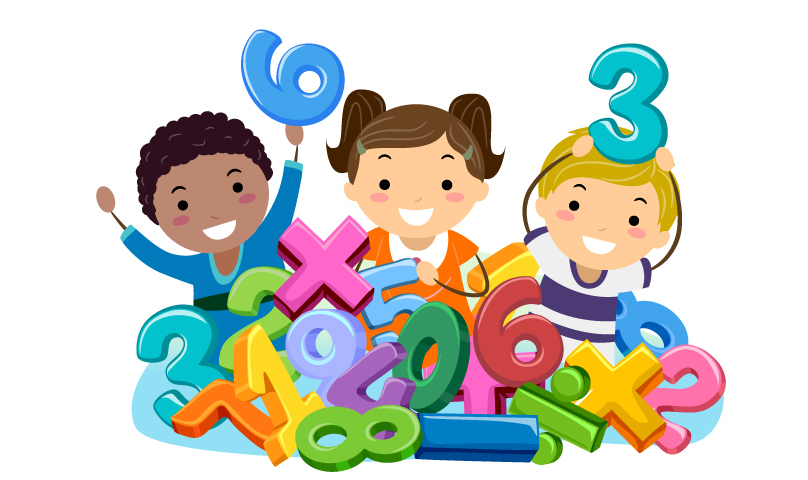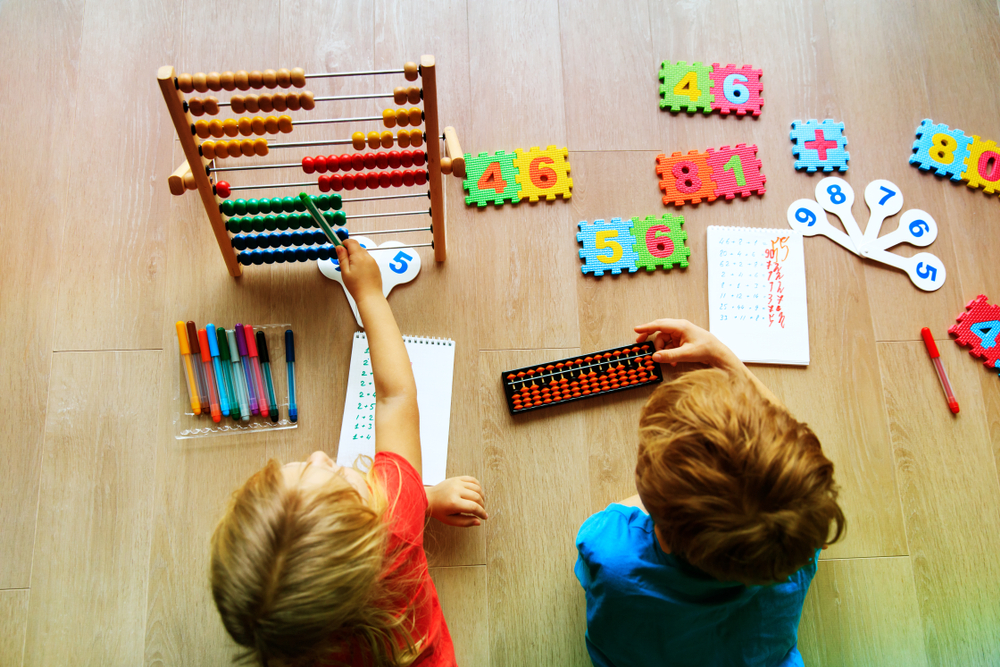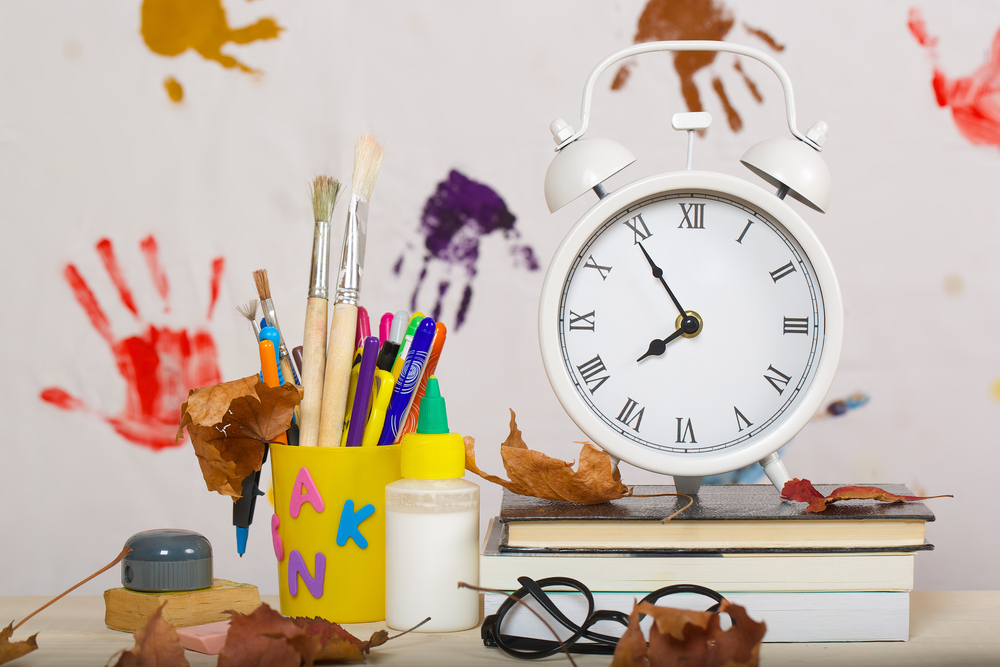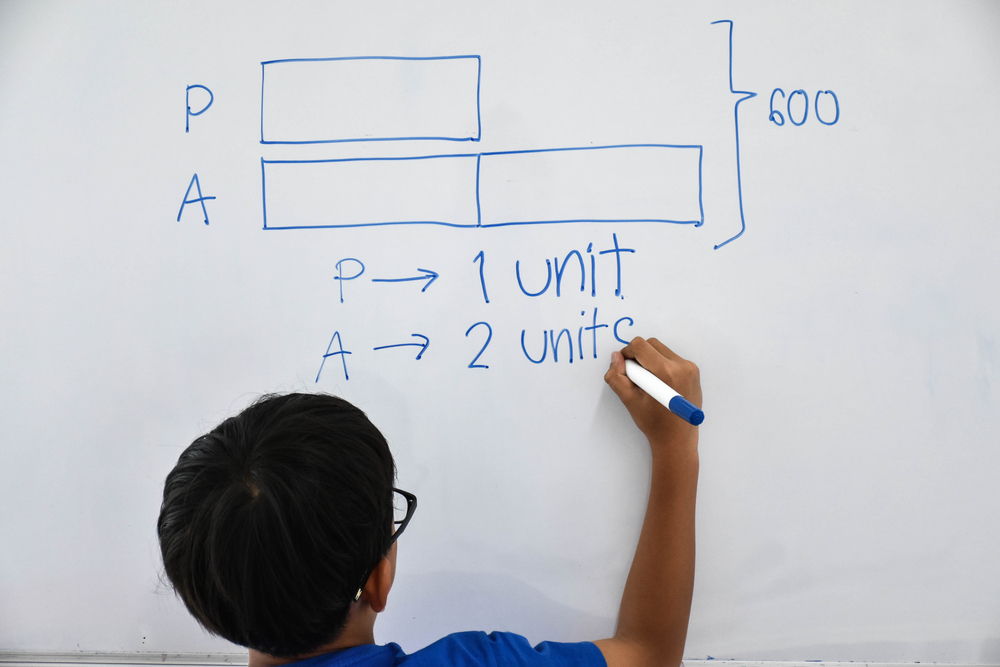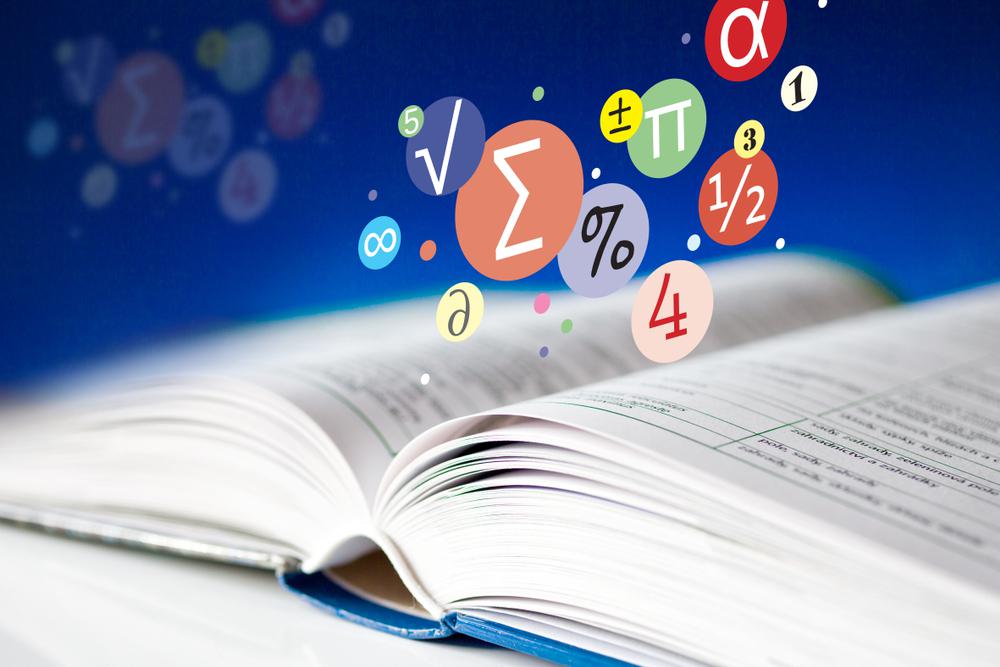Understanding patterns Numbers Worksheets for Ages 7-9
5 filtered results
-
From - To
Unlock your child's mathematical potential with our "Understanding Patterns Numbers Worksheets" designed for ages 7-9. These engaging worksheets foster critical thinking and problem-solving skills by introducing students to the concept of patterns in numbers. With a variety of exercises, including identifying sequences, finishing number patterns, and recognizing relationships, children will build a strong foundation for future math learning. Each worksheet is crafted to be both educational and fun, encouraging independent exploration while reinforcing essential skills. Perfect for homeschooling or classroom use, our resources help young learners develop confidence and numerical fluency. Start your child’s journey into the world of patterns today!


Making a Graph: Flowers Worksheet
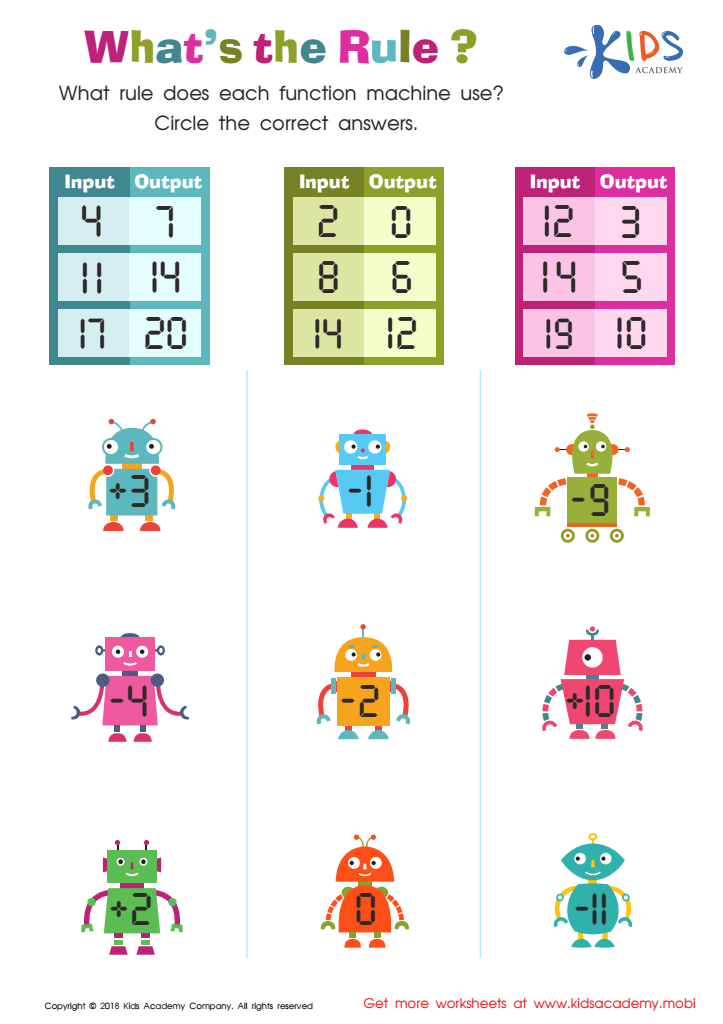

What's the Rule Worksheet


Boomerang Addition Worksheet
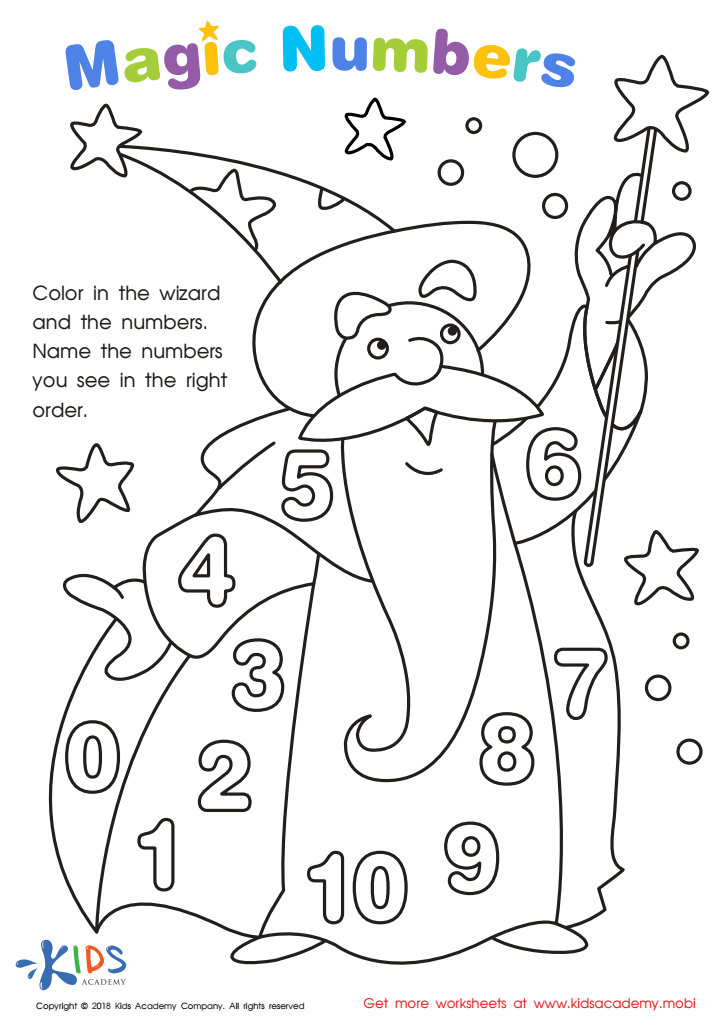

Magic Numbers Worksheet
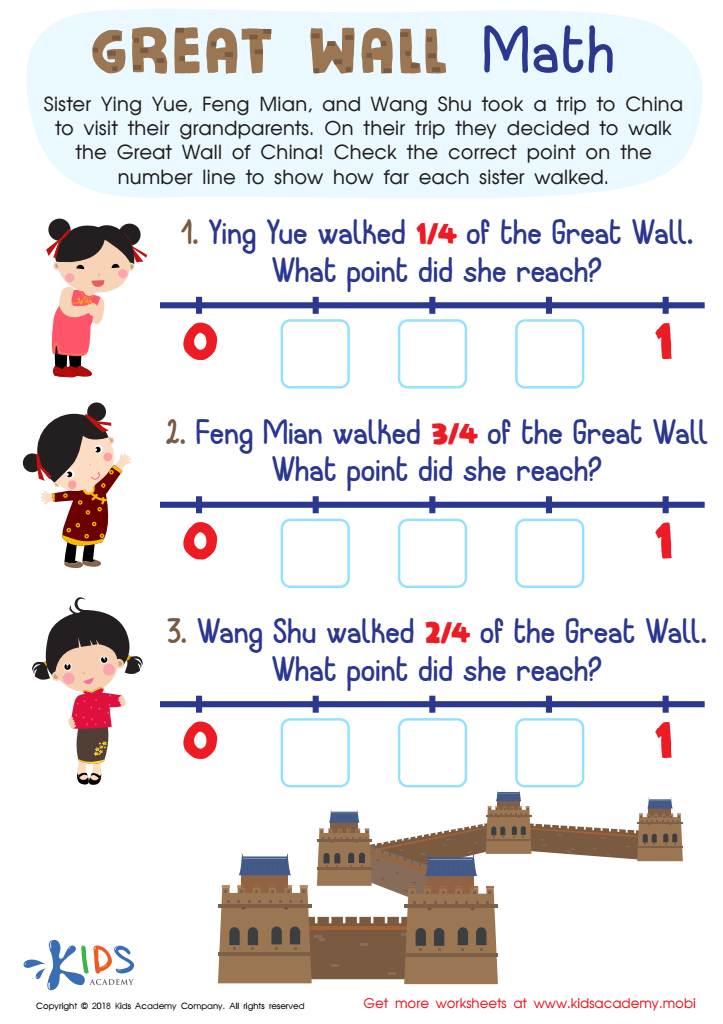

Great Wall Math Worksheet
Understanding patterns and numbers is crucial for children aged 7-9 as it lays the foundation for their mathematical development and critical thinking skills. During this stage, children begin to grasp abstract concepts, and recognizing patterns allows them to make connections that enhance their problem-solving abilities. Patterns are not only fundamental in math but are also prevalent in nature, art, and everyday life, fostering a holistic understanding of the world around them.
When children learn to identify and create patterns, they develop logical thinking and reasoning skills. This mastery boosts their confidence, enabling them to tackle more complex mathematical concepts later on, such as algebra and data interpretation. Moreover, recognizing numerical patterns can help children with basic arithmetic, laying the groundwork for skills like addition, subtraction, multiplication, and division.
For parents and teachers, promoting an understanding of patterns encourages active engagement in learning. It makes math relatable and enjoyable, helping to reduce math anxiety in children. Additionally, these skills are transferable; children will apply pattern recognition in reading, science, and coding. Ultimately, fostering this understanding is an investment in a child’s academic success and overall cognitive development, ensuring they are well-equipped for future challenges.
 Assign to My Students
Assign to My Students





